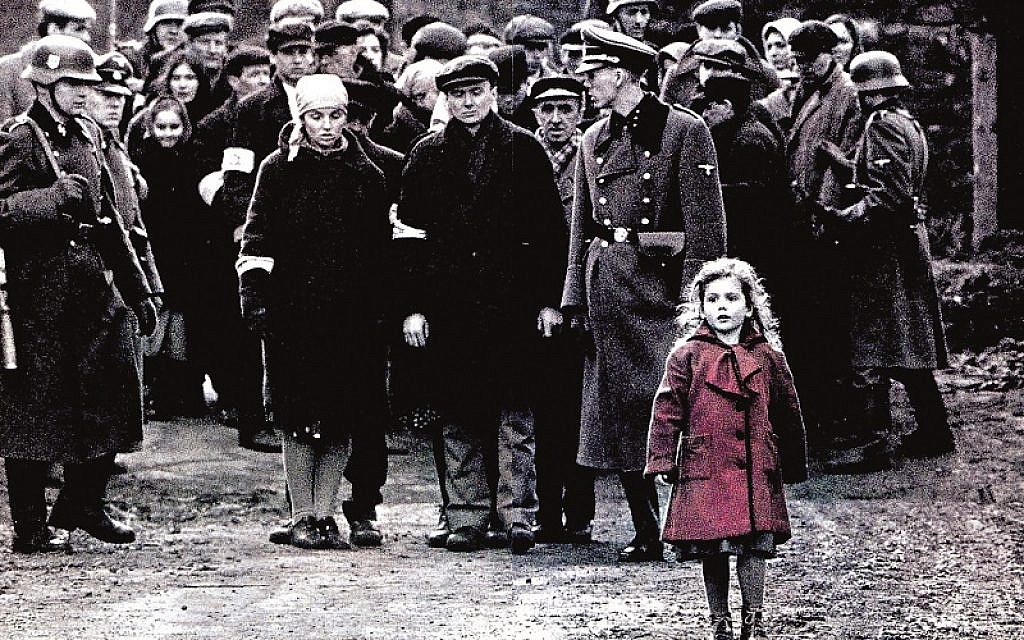



The Top Trends in Steam Baths and Showers Today Dec 18, 2024


How to Keep an Active Lifestyle for Seniors Dec 11, 2024


The Restaurant That Sued Its Customers: The Reputation Fallout from a Legal Battle Over Yelp Reviews

The Restaurant That Sued Its Customers: The Reputation Fallout from a Legal Battle Over Yelp Reviews Nov 29, 2024

What Was the Fate of the Holocaust Survivors in the US?
May 24, 2019 19:00
Holocaust survivors are people of such extraordinary strength, it boggles the mind to even attempt to comprehend the inhuman atrocities they suffered. When you think of this, it makes perfect sense that the risk of suicide in the survivors is rather high even now, over seven decades after the tragedy. However, looking at the majority of stories of the Jews who came to America after they managed to leave concentration camps and ghettos behind, one cannot fail to feel awe. It’s impossible not to be in awe of people who went through unspeakable horrors yet managed to recover and build successful lives in their new homes.

Holocaust Survivors in America Are Not What You’d Expect
One does not live through an atrocity like the Holocaust and come away unscathed. Therefore, every single one of the 140,000 European Jews who came to America as survivors had massive psychological and oftentimes physical trauma. There can be no doubt that even a glimpse of the things that those people endured would give anyone nightmares. You can see this for yourself visiting the Jewish Museum in NYC and seeing exhibits dedicated to the Holocaust. You can also learn more listening to speakers and attending many events hosted by the museum and Jewish community as a whole at other venues.
When you do this, you will definitely be even more shocked to learn that the survivors were, actually, less likely to seek psychological help. They certainly needed it desperately, but for reasons still unknown, only about 20% of them sought therapy. This is a lower rate compared to other American Jews. This fact also makes it much harder to understand the Holocaust survivors in America as a group, because only a few surveys and studies can shed any light on this community. The majority of data used in them comes from working with those 20% who did seek treatment.
However, even the limited data available today makes one thing obvious, the survivors who came to America managed to recover enough to build rather successful lives. One of the most notable characteristics of the survivors’ community were strong families. They were far more stable compared to nearly any other social group in the US. They had fewer divorces and their families were known to uphold traditional values. They also had a high childbirth rate.
They were less successful financially that other groups of American Jews. However, the stability, which their families were renowned for, transferred to employment as well. The survivors had steady jobs and held onto them with seemingly little trouble.
Finding Relief in Tradition: Social Lives of the Holocaust Survivors in America
One aspect where survivors definitely stood far ahead of other American Jews was the involvement in traditions. They led very active social lives in the sense that they were actively involved in synagogues and various Jewish communities.
While we will never know for sure, one might believe that this focus on tradition and building communities that celebrated and strengthened the Jewish identity was the type of therapy that the survivors used instead of the actual therapy.
Not only were they actively involved in various Jewish groups and movements. They also often took the positions of leadership within those and were definite activists.
They also showed a huge interest in visiting Israel, which is also likely connected to their desire to reestablish their identity by immersing themselves into their own culture. About 89% of all Holocaust survivors in America visited Israel, many did this more than once.
The Holocaust was an unspeakable atrocity that made a great impact on the world, but even greater on the people who survived. It’s a source of endless admiration to know that some people managed to come out through this not broken shells of themselves but as strong and capable individuals.

In a world flooded with fast fashion and trend-chasing designs, one Arab brand dares to slow down and look deeper — into memory, into meaning, and into the eyes of a mother.SeeMe, a luxury fashion and accessories brand based in Amman, Jordan, is not just another name in the fashion scene. It’s a personal, artistic journey born out of love, grief, and identity — a brand that literally sees you. Read more

Let’s get one thing straight—sarees are never going out of style. What does evolve, though? The drape. From grandmom-core to fashion-week realness, diff styles of saree draping are having a moment (again). Whether you're learning to pleat from YouTube or remixing the pallu with boots and a belt, this six-yard stunner continues to be the ultimate canvas of expression. Read more

Is your anniversary on the horizon? It’s undoubtedly a memorable occasion that you should celebrate grandly. You don’t always have to go the whole hog; sometimes a cute gesture such as flowers, a handwritten note, and even a delicious anniversary cake works wonders. But how do you choose the perfect cake to delight him/her on the big day? Here are some choices worth considering in this case. Read more
LIFESTYLE
Mar 19, 2025 21:34
Copyright © Fooyoh.com. All rights reserved. User Agreement | Privacy Policy | Contact us
| Advertising
| About us
| Careers

















































